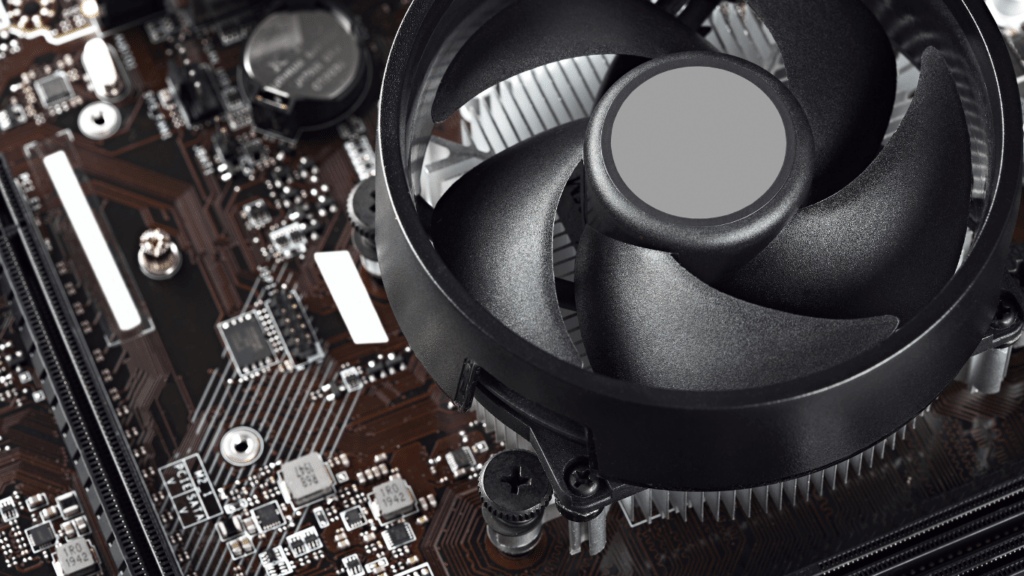As a tech enthusiast, I’m always on the lookout for the latest advancements in graphics card technology. The world of GPUs is constantly evolving, pushing boundaries and redefining what’s possible in visual computing. In this article, I’ll take you on a journey through the cutting-edge innovations and features that define the newest graphics cards on the market.
From ray tracing to AI-enhanced graphics, the latest GPUs are revolutionizing the gaming and content creation industries. Join me as we explore the intricate details of these powerful components, delving into how they enhance performance, realism, and overall user experience. Whether you’re a hardcore gamer, a digital artist, or simply curious about the future of visual technology, this deep dive into the latest graphics card technology will leave you inspired and informed.
Overview of Recent Advances in Graphics Card Technology
In the realm of graphics card technology, advancements continue to drive innovation and reshape the landscape of visual computing. Let’s delve deeper into the key technological breakthroughs and their significance in modern computing.
Key Technological Breakthrough: Vulkan
Vulkan stands out as a pivotal advancement in graphics card technology. It’s a low-overhead, cross-platform API that provides high-performance 3D graphics for gaming, interactive media, and more. Vulkan’s efficient design allows for greater utilization of GPU resources, enabling developers to unleash the full potential of modern graphics hardware. With its emphasis on parallel tasking and reduced driver overhead, Vulkan offers improved performance and responsiveness, making it a game-changer in the world of graphics processing.
Importance in Modern Computing
The incorporation of cutting-edge graphics card technology, like Vulkan, holds immense importance in modern computing. These advancements not only elevate the gaming experience by delivering stunning visuals, realistic lighting effects, and immersive worlds but also empower content creators with tools to bring their creative visions to life. From accelerating complex rendering tasks to enhancing AI-powered applications, modern graphics card technologies have become integral components driving innovation across various industries. Embracing these advancements ensures that users can enjoy smoother performance, enhanced visual fidelity, and overall improved computing experiences.
Comparison of Top Latest Graphics Cards
I’ll now dive into the specific offerings from Nvidia and AMD, detailing their latest releases and cutting-edge graphics cards.
- Nvidia’s Latest Releases
Nvidia continues to push the boundaries with its latest graphics card offerings. The Nvidia GeForce RTX 30 series, including the RTX 3060, RTX 3070, RTX 3080, and RTX 3090, boasts unparalleled performance and features for gamers and content creators. These cards are equipped with advanced ray tracing technology and AI capabilities, delivering lifelike graphics and superior computing power. Nvidia’s Ampere architecture has set new benchmarks in the industry, making these GPUs a top choice for demanding applications. - AMD’s Latest Offerings
On the other hand, AMD has made significant strides with its Radeon RX 6000 series graphics cards. The AMD Radeon RX 6700 XT, RX 6800, RX 6800 XT, and RX 6900 XT are designed to compete head-to-head with Nvidia’s offerings. Powered by AMD’s RDNA 2 architecture, these cards offer impressive performance, efficiency, and innovative features. With technologies like Smart Access Memory and FidelityFX, AMD is reshaping the landscape of high-performance GPUs, catering to both gamers and professionals in need of robust graphics processing capabilities.
This comparison showcases the fierce competition between Nvidia and AMD, driving innovation and raising the bar for the latest graphics card technology.
Factors Influencing Graphics Card Performance

When evaluating graphics card performance, several key factors play a crucial role. Understanding the influence of GPU architecture, memory, and bandwidth is essential to grasp how a graphics card handles various tasks efficiently.
GPU Architecture
In modern graphics cards, the GPU architecture significantly impacts performance. The design of the GPU, including the number of cores, clock speed, and specialized units for rendering, affects how well the card can process complex graphics and computations. For example, Nvidia’s Ampere architecture focuses on enhancing real-time ray tracing capabilities, while AMD’s RDNA 2 architecture emphasizes efficient rendering and power optimization. The architecture determines the card’s capabilities in handling high-resolution textures, lighting effects, and overall graphical fidelity in games and applications.
Memory and Bandwidth
The memory configuration and bandwidth of a graphics card are vital aspects that influence its performance. High-speed memory, such as GDDR6X, allows for quick access to large amounts of data, enabling smooth frame rates and responsiveness in demanding tasks. The memory capacity also matters, as it determines how much data the GPU can store and access rapidly. Additionally, a wider memory bus and higher memory bandwidth provide the necessary throughput for handling complex graphics workloads effectively. Optimizing memory and bandwidth ensures that the graphics card can deliver high frame rates, reduce latency, and support advanced features like 4K gaming and VR experiences.
Future Trends in Graphics Card Technology
As technology continues to evolve, future trends in graphics card technology are poised to revolutionize the gaming and content creation landscapes. Let’s explore some of the exciting developments that lie ahead.
AI and Machine Learning Enhancements
AI and machine learning advancements are at the forefront of shaping the next generation of graphics cards. These technologies enable GPUs to deliver enhanced realism and efficiency in rendering graphics. By leveraging AI algorithms, graphics cards can dynamically adjust settings for optimal performance, leading to smoother gameplay and more lifelike visuals. The integration of AI and machine learning into graphics card design holds immense potential for pushing the boundaries of visual fidelity in gaming and content creation.
Potential for Integration with Other Technologies
Graphics card technology is not limited to standalone improvements but also holds significant promise for integration with other cutting-edge technologies. Collaborations with augmented reality (AR) and virtual reality (VR) platforms can enhance immersive experiences by leveraging the processing power of modern graphics cards. Moreover, advancements in cloud gaming and streaming services could lead to seamless integration with graphics cards, enabling users to access high-quality gaming experiences without the need for costly hardware upgrades. The potential for graphics cards to converge with these technologies opens up new horizons for interactive, visually striking applications across various industries.



